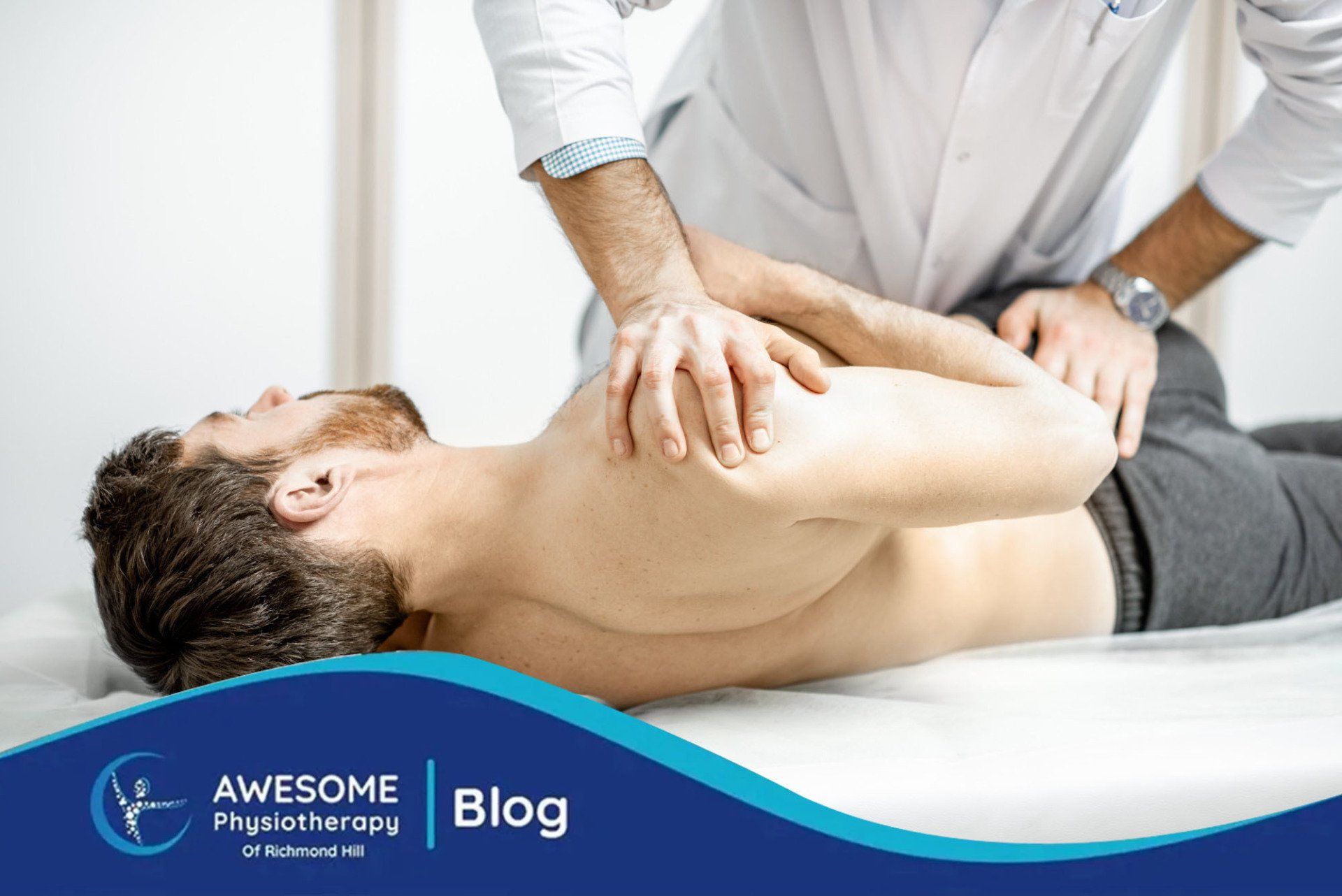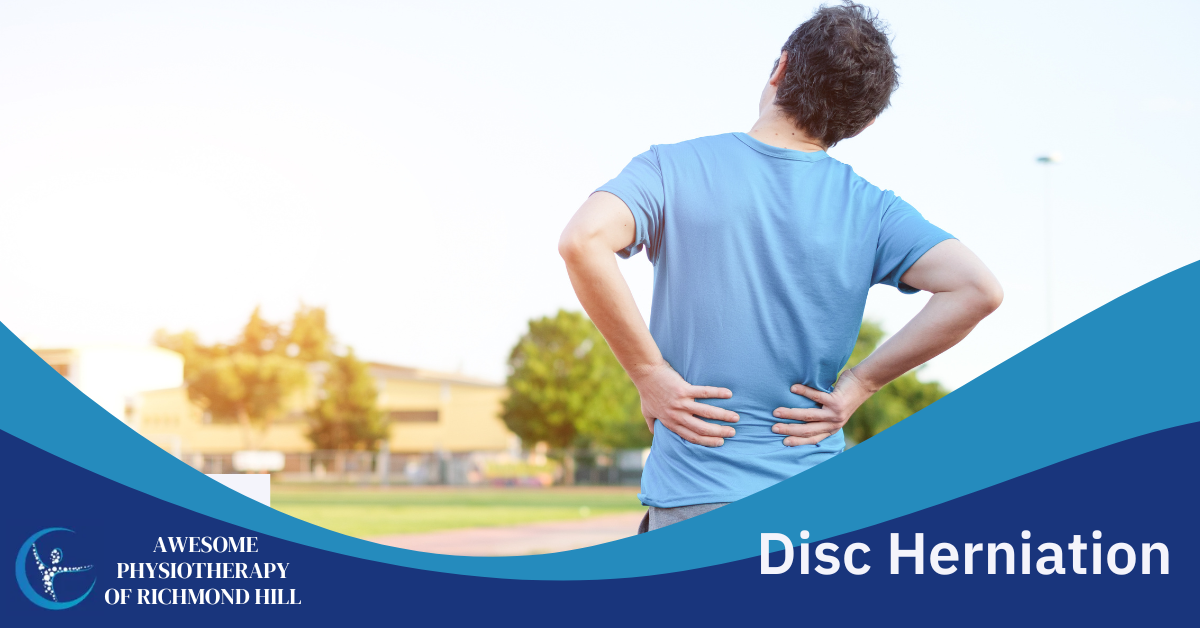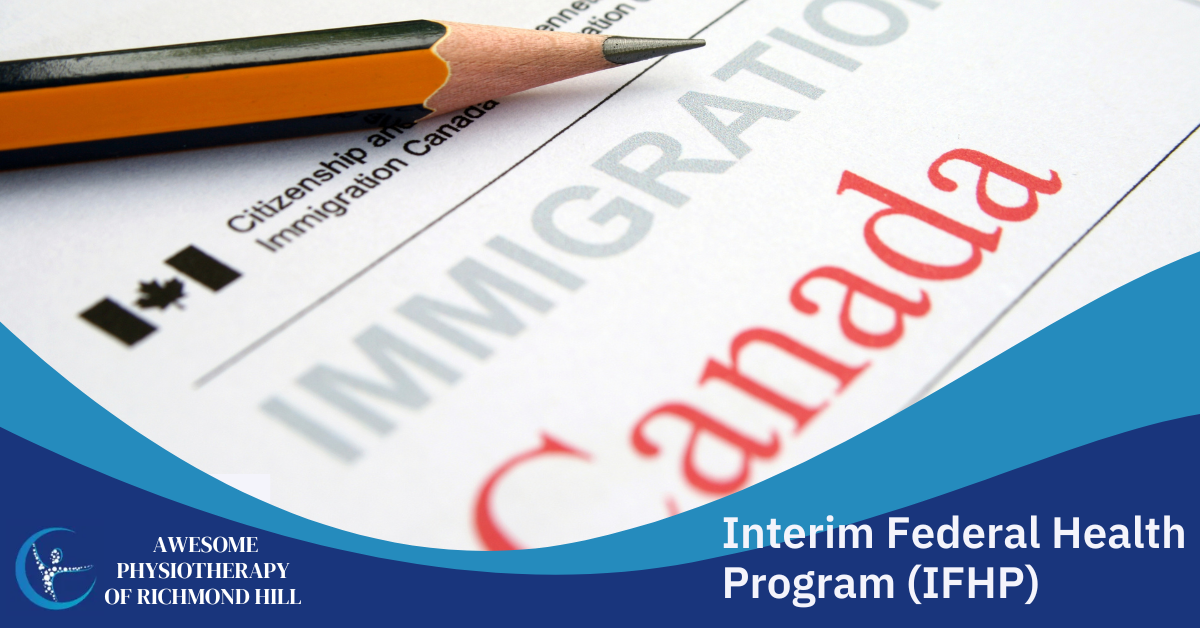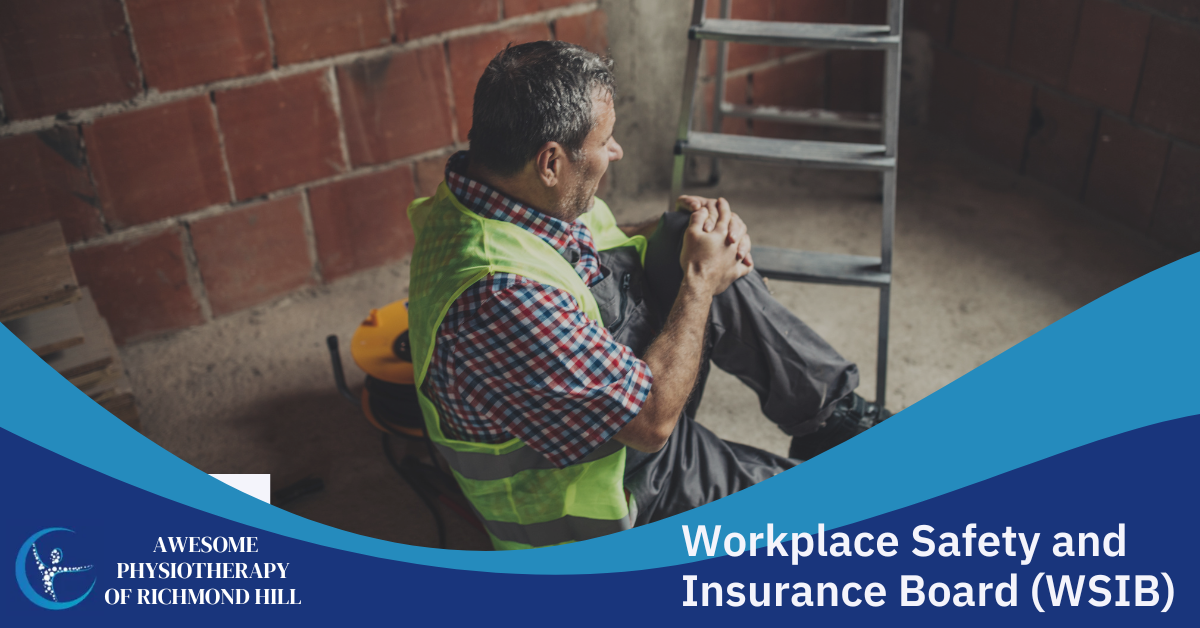What to Expect at Your First Physiotherapy Appointment
Did you know that nearly 289 million people globally deal with neck pain? Neck and back pain can cause missed work, disabilities, and lack of independence.
Even if your neck and back pain hasn't made it impossible to get through your day, it can cause headaches and insomnia. Not to mention it is painful! A myofascial release is a manual therapy technique that can help you relieve pain, improve function, and stimulate tissue repair.
Are you still interested? Keep reading our complete guide on what myofascial pain is, how myofascial release works, and how to get started with treatment today!
What Is Myofascial Pain?
Myofascial pain includes discomfort and pain in the muscle or fascia. Fascia is a connective tissue found around muscles, bones, organs, and nerves. You can think of it as a casing that helps hold everything together.
But fascia also has individual nerve fibers that can become aggravated when injuries strike. When you break down the term "myofascial," myo means muscle, and fascia refers to that connective tissue.
Myofascial pain occurs in approximately 85% of society and typically resolves within a short period. In some cases, myofascial pain progresses to myofascial pain syndrome (MPS).
MPS occurs when a person develops myofascial trigger points that cause sensory, motor, and autonomic systems changes. These are taut tissue bands that are extremely painful when directly pressed on. They are usually located in one specific region and may cause referred pain or changes in sensation.
What Causes Myofascial Pain?
There are four general reasons why someone may develop myofascial pain, including:
- Low-level muscle contraction
- Muscle contractures
- Trauma
- Maximal concentric contraction
These medical terms simply mean that muscle fibers change and create tight tissue bands characterized by muscle trigger points. These "tight" areas could restrict blood flow, change sensation, and turn into chronic problems.
Myofascial Pain Symptoms
While it may seem obvious, the most common myofascial pain symptom is a deep, throbbing ache. You may experience muscle stiffness, weakness, or reduced range of motion.
When you turn your head, it may cause pain, or you may feel limited in how far you can rotate. Myofascial pain around the neck region can also cause headaches.
What Is Myofascial Release?
Myofascial release is the technique used to help relieve myofascial pain. There are some simple myofascial releases you can do yourself, but most require you to find a physiotherapist who has the training and expertise to help you.
Sometimes, the terms trigger point release and myofascial release get mixed together. They often play a critical role in a physiotherapy clinic, and clinicians may incorporate a few different techniques, including manual therapy like massage.
Some of the techniques a physiotherapist may use is gentle, direct pressure on the affected area. They may combine it with a stretch or increase the pressure until function or pain improves.
Is Myofascial Release Painful?
Slight discomfort is normal in a physiotherapy clinic, but myofascial releases should not be extremely painful. Many patients find immediate relief after one session. Talk to your physiotherapist about your pain response and ask about other pain management strategies such as over-the-counter pain medication.
Do Myofascial Release Techniques Work?
In one word: yes. A myofascial release is a therapeutic form of massage, and it helps release trigger points and kickstart the body's natural healing process. Current research shows that physical modalities also play a crucial role.
Extracorporeal shockwave therapy showed promising results in relieving pain in patients with MPS. Radial shockwave is a type of extracorporeal shockwave therapy. It emits short waves that penetrate tissues and help relieve pain, repair tissue, and increase blood flow and nutrients to the area.
When searching for a "physiotherapist near me," ensure you ask about their qualifications with using radial shockwave therapy as another useful treatment.
What To Expect During a Myofascial Release
During your first Richmond Hill physiotherapy session, your qualified physiotherapist will ask you where you are experiencing pain. They might start in that region, but it is not uncommon for manual therapy techniques to move towards the root of your problem.
Referred pain is when your body registers pain in a different region than where the injury or issue stems from. For example, a rotator cuff injury could cause pain in the lateral or front region of your upper arm. It is likely that more severe injuries or issues could cause referred pain further down your arm even though the damage stems higher.
Many types of myofascial pain occur in your upper back and neck. Some common muscles that are most at risk include:
- Sternocleidomastoid
- Trapezius
- Levator scapulae
- Rhomboids
- Infraspinatus
These muscles help with cervical rotation, arm movement, and scapular mobility. After your initial assessment, your qualified physiotherapist will identify tight versus elastic muscles and use manual pressure techniques and gentle movements. These movements will be within a normal range of movement that can break up tight tissue fibers and restore function.
Benefits of Myofascial Release
The main benefit of a myofascial release is decreased pain. Here are some other reasons to check out myofascial release techniques at Richmond Hill physio:
- Improved flexibility
- Improved muscle function
- Helps repair tissue
- Promotes relaxation
- Improves circulation
- Improves stress
Skilled therapists at Awesome Physiotherapy can work on more than back and neck problems. Other problematic regions may include hips, quads, feet, head, or jaw.
Find a Physiotherapy Today
Have you wondered what a myofascial release is and if it could help with your nagging pain? Whether you are an all-star athlete or have a desk job for ten hours a day, myofascial pain can arise at any moment and make it difficult for you to make it through your day.
Physiotherapy is an alternative treatment to costly medical procedures or injections. At Awesome Physiotherapy, we have skilled physiotherapists trained in myofascial release, massage, radial shockwave therapy, and much more.
Contact us today and see how we can help you!
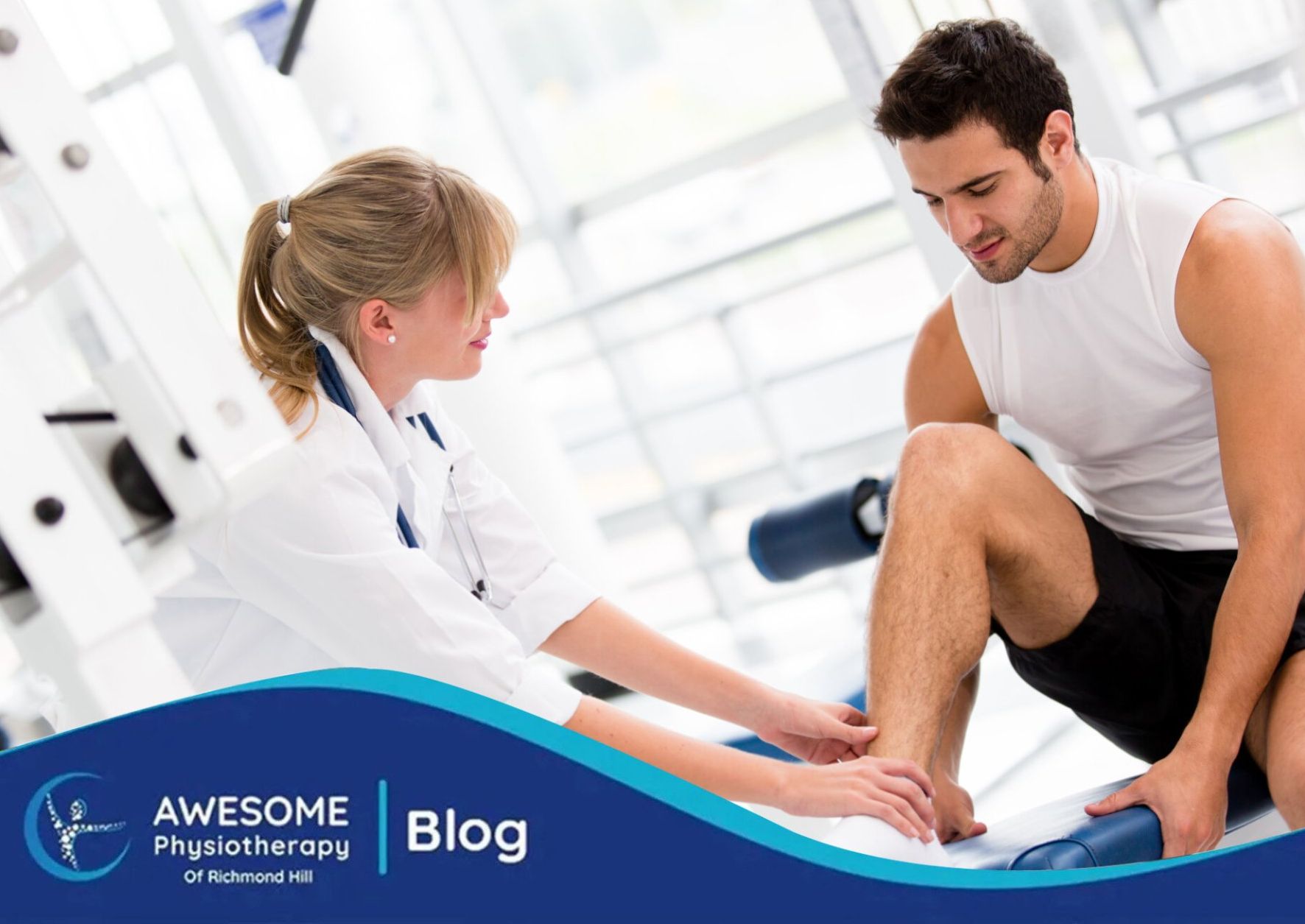
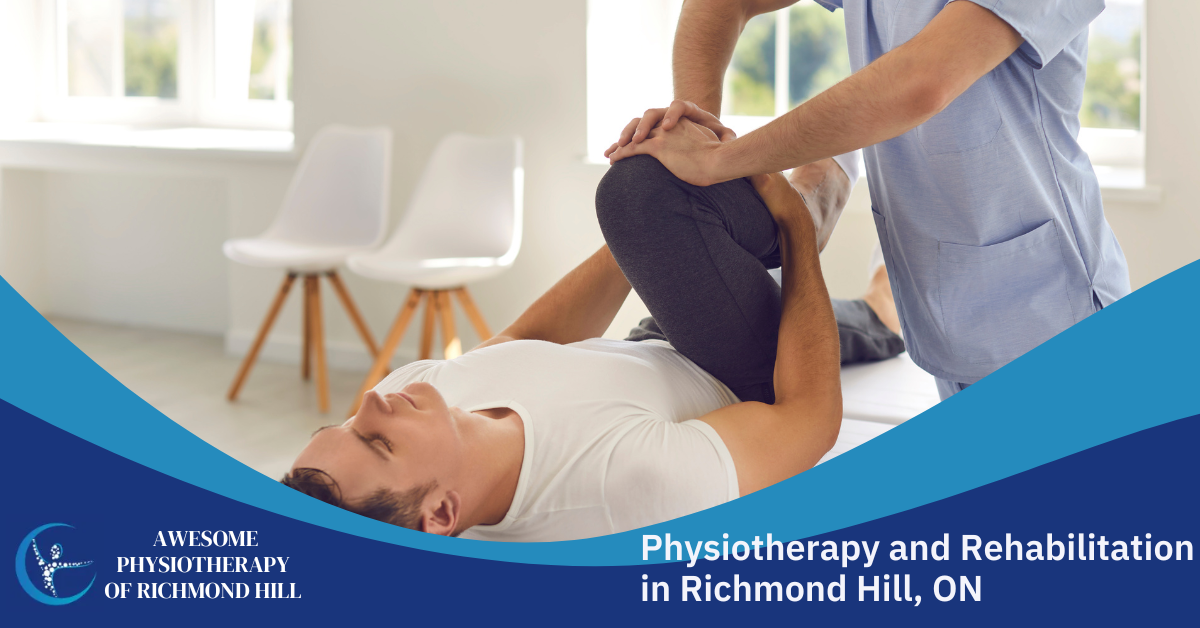
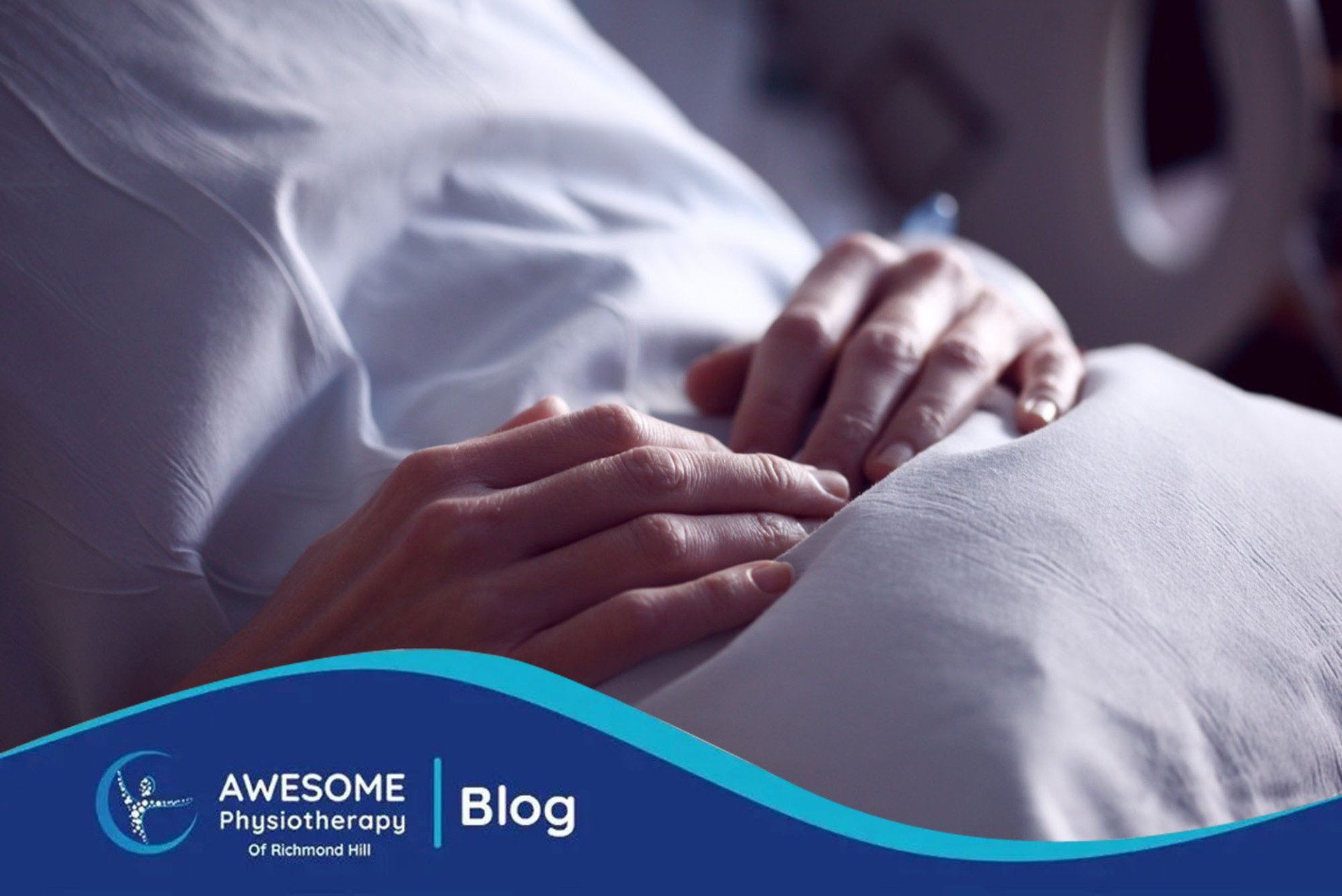
How Physiotherapy Can Help You Recover Faster: A Guide to Physiotherapy Centers In Richmond Hill, ON
